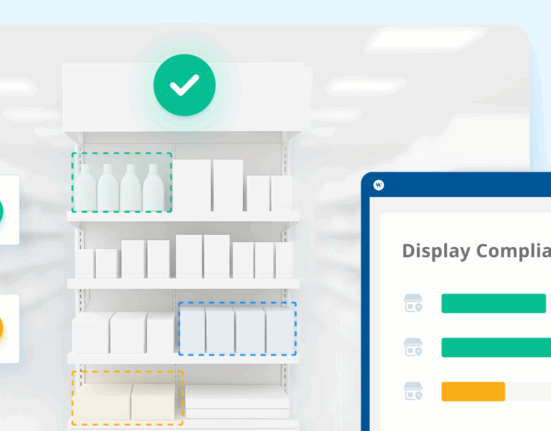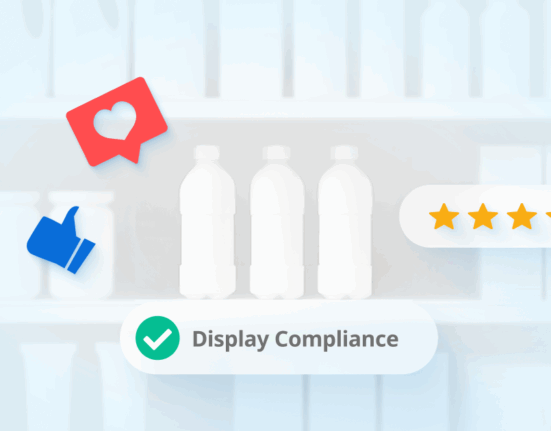In the dynamic world of retail, the concept of a “Perfect Store” has become a strategic goal for brands aiming to maximize consumer engagement and brand visibility.
A Perfect Store strategy is intricately designed to craft a bespoke shopping experience tailored to the nuances of each retail setting and customer demographic. This strategy leverages a detailed “Picture of Success” framework, focusing on key sales drivers such as product availability, visibility, and display effectiveness, which are crucial for enticing consumers and enhancing in-store experiences.
Data-Driven Strategy for Retail Excellence
The journey toward retail excellence requires a data-driven approach to capture the diverse characteristics of retail environments.
By integrating key performance indicators (KPIs) into daily operations, the strategy ensures that field teams’ actions are in harmony with broader business objectives.
This methodical approach helps pinpoint key retail locations based on their sales potential and customer base, optimizing resource allocation and customizing KPIs to mirror the distinct attributes of each store. Such a strategy not only increases efficiency but also ensures better returns from retail efforts.
Aligning Marketing and Sales
Aligning the six Ps of marketing—product, price, place, promotion, people, and process—crafts an ideal retail environment, nudging customers toward purchase.
This alignment is crucial for creating synergies between sales, marketing, and management practices to enhance retail execution and drive sales. By focusing on these elements, retailers can mold shopper experiences, product displays, and collaborations with retailers to address market nuances and achieve business objectives effectively.
Overcoming Implementation Challenges
However, executing a Perfect Store strategy presents several challenges, primarily due to the difficulties in standardizing benchmarks across various store types and locations.
Retail landscapes are vast and varied, and the labor-intensive nature of audits often results in incomplete data on store performance, making it hard to enforce a uniform standard of retail excellence.
Additionally, the skill sets and tools available to sales representatives might not always be sufficient to gather the necessary data accurately, which can lead to data inaccuracies and hinder the ability to make immediate in-store adjustments.

Technological Innovations in Retail
To overcome these challenges, many retailers are turning to advanced technologies such as crowdsourcing and image recognition. These innovations provide real-time insights into store conditions, enabling swift and accurate adjustments that align with the established Picture of Success.
This tech-enhanced approach not only streamlines data collection and analysis but also improves the accuracy of compliance checks and KPI calculations, thus allowing for more targeted and effective retail strategies.
Strategic Use of Key Performance Indicators
Furthermore, the strategic use of KPIs is central to crafting retail success. Each KPI is carefully designed to be SMART: Specific, Measurable, Achievable, Relevant, and Time-bound.
The white paper highlights the importance of assigning appropriate weights to each KPI based on its sales impact, ensuring that performance is measured accurately and reflects true market conditions.
This approach not only helps in setting realistic targets but also in prioritizing actions that have the most significant impact on sales outcomes.
Enhancing Field Efficiency with Crowdsourcing
Integrating crowdsourcing with traditional merchandising roles also transforms the management of field teams, enhancing the efficiency of store visits.
By focusing on stores with the highest growth potential and optimizing visit frequencies, brands can significantly boost sales force productivity and reduce costs associated with maintaining execution standards.
This strategy ensures that each visit is highly productive, focusing on stores that offer the greatest revenue potential and dedicating efforts to high-value activities like selling and merchandising.
Adapting for Retail Success
In conclusion, achieving a Perfect Store is not just about adhering to standards but about continuously adapting and refining strategies to meet the evolving demands of the retail environment.
By leveraging advanced technologies and a strategic approach to KPIs, brands can enhance their retail execution, drive growth, and create a shopping experience that resonates deeply with consumers. The Perfect Store initiative thus stands as a testament to a brand’s commitment to excellence, combining meticulous planning with innovative execution to achieve and sustain peak retail performance.
Editor’s Note: This post was originally published in February 2021 and has since been updated and refreshed for readability and accuracy.









